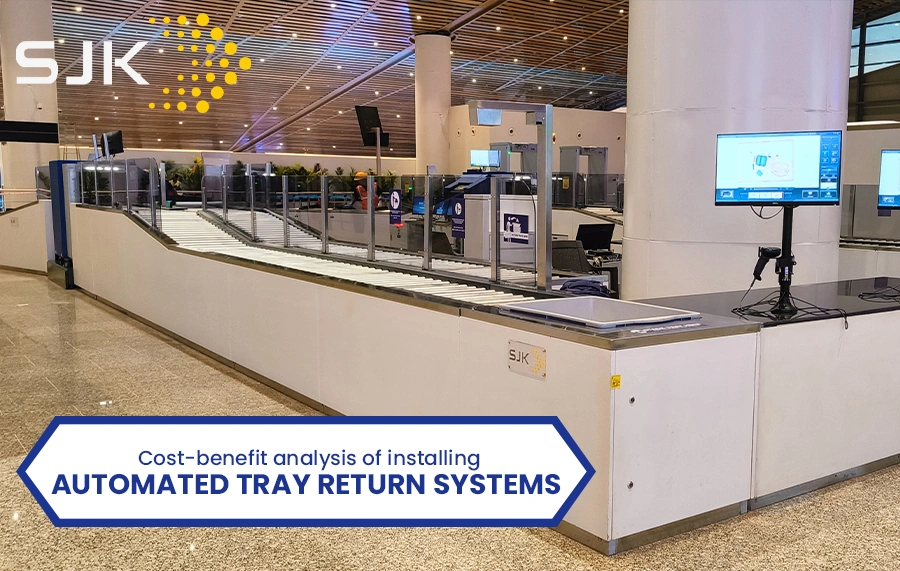Cost-benefit analysis of installing ATRS
Airports, bustling hubs of global connectivity, constantly strive to enhance operational efficiency while ensuring passenger convenience and security. The implementation of Automated Tray Return Systems (ATRS) stands as a prime example of technological innovation reshaping the airport experience. A cost-benefit analysis of integrating ATRS into airport security checkpoints reveals a multitude of advantages.
Firstly, the initial investment in ATRS technology might appear substantial. However, the long-term benefits far outweigh the costs. ATRS significantly reduces manual labor requirements, thereby minimizing operational expenses related to staffing. With automated tray return systems, airports witness streamlined processes, resulting in shorter wait times, increased throughput, and ultimately, higher passenger satisfaction. Studies indicate that airports experience notable reductions in personnel costs within a short period after ATRS implementation.
Moreover, ATRS enhances security by standardizing tray movements, minimizing the risk of human error, and improving the overall effectiveness of security screenings. The consistent and systematic tray handling facilitated by automation reduces the chances of mishandled items or potential security breaches. This enhanced security not only bolsters passenger safety but also mitigates potential liabilities, resulting in cost savings for airports.
Furthermore, ATRS contributes to environmental sustainability. By optimizing tray usage and reducing the need for disposable plastics, airports can align with eco-friendly practices. The long-term reduction in waste generation compensates for this, making it an environmentally conscious choice in the long run.
However, challenges exist in the integration of ATRS. Upfront costs can be a deterrent for some airports, especially smaller ones with limited budgets. Additionally, retrofitting existing infrastructure to accommodate ATRS might pose logistical challenges and temporarily disrupt operations during the installation phase. Proper planning, phased implementation, and collaboration with experienced technology partners can mitigate these hurdles.
To accurately evaluate the cost-benefit analysis of ATRS, a comprehensive assessment must consider the qualitative improvements in passenger experience alongside the quantitative metrics. Improved passenger flow, reduced stress levels, and increased overall satisfaction contribute intangible but significant value to the airport's reputation and brand image. Satisfied passengers are more likely to spend time and money at airport facilities, generating additional revenue streams.
In conclusion, the installation of Automated Tray Return Systems (ATRS) in airports proves to be a prudent investment. Despite the initial capital outlay, the long-term benefits of cost savings, enhanced security, environmental sustainability, and an improved passenger experience outweigh the upfront expenses. As airports continue to evolve and prioritize efficiency, ATRS stands as a pivotal innovation reshaping the landscape of airport operations, aligning technology with the pursuit of optimal performance and passenger satisfaction.

SJK Innovations plays a vital role in driving these long-term benefits. Our expertise in developing and implementing ATRS technology underscores its effectiveness in revolutionizing airport functionalities. For airport purposes, integrating ATRS from SJK Innovations emerges as one of the most impactful improvements, ensuring smooth operations and elevating the overall airport experience for travelers worldwide.

